Top Ten Animals with the Strangest Self-Defense Methods
In the wild world, it's kill or be killed. Organisms need to be strong and clever in order to survive the harsh and cruel nature. Luckily, nature has given each organism with special self-defense methods to help them survive, and some of those self-defense methods are just utterly strange...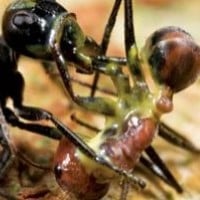
Malaysian exploding ant (Camponotus saundersi) is a species of ant found in Malaysia and Brunei.
No kidding, this ant literally self-destructs when battling predators becomes too serious. It will violently contract its abdominal muscles, which bursts the mandibular glands, making it explode and spray corrosive venom to the predator.
Smart, the predator will definitely think the ant is dead. Ants can feel pain, but how will they heal after exploding?
I don't get the use of that. How is that self defense when it kills itself? It could just as well let itself be eaten...
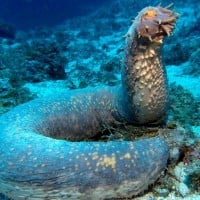
Sea cucumber is an echinoderm with elongated body containing a single branched gonad.
It has 2 self-defense methods: The first one is pretty normal, but the second one is pretty gruesome. The first method, it will spray toxic and stinging white strings. Sounds normal, right? The second method, however, is very different. If the first method doesn't work, it will go to its Plan B: poop out some organs so the predator thinks it's dead...
That is very strange. This self defense method must have a lot of drawbacks as well.
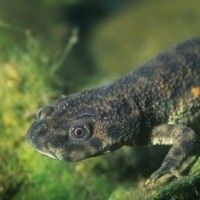
Iberian ribbed newt (Pleurodeles waltl) is a species of newt endemic to central and southern Iberian Peninsula and Morocco.
First, it will push its ribs out of its body. Second, it covers its currently-exposed ribs with poison that can kill the predator. Hmm... a little too complicated, gruesome, and painful for a self-defense method...
It probably has to take a long rest to heal its chest and ribs after defending itself, which honestly makes it all the more dangerous for the newt's life.
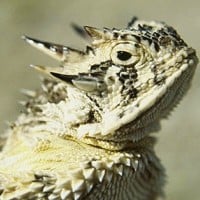 The Texas horned lizard is one of about 14 North American species of spikey-bodied reptiles called horned lizards.
The Texas horned lizard is one of about 14 North American species of spikey-bodied reptiles called horned lizards. Texas horned lizard (Phrynosoma cornutum) is a species of horned lizard, lizards with spikes body from North America.
When threatened, it will squirt blood out of its blood vessels in its eyes. It's the same thing as laser-eyes you see in sci-fi movies, except with blood as the laser. The blood it squirts out of its eyes tastes foul to canids and felids, so they won't eat this lizard (but unfortunately, has no effect on aves)
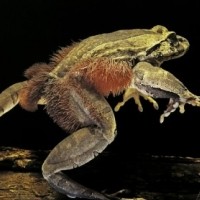
Hairy frog (Trichobatrachus robustus) is a species of frog found in Central Africa.
First, the newt who breaks its ribs. Second, the sea cucumber who poops out its own organs to play dead. Now, we have the frog who breaks its own bones to make "claws" (no wonder it's also called the Wolverine frog). Gee, the animal world can get very gruesome...
I almost find the fact that it has hair even stranger. Honestly with an ability like that, might as well call it the Wolverine Frog.
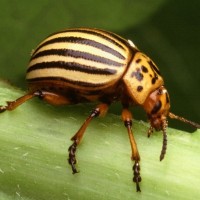
Colorado potato beetle (Leptinotarsa decemlineata) is a pest to potato plants.
The larva has quite a disgusting self-defense method. It covers itself with its own poisonous and very-horrible-smelling feces to keep predators away.

Northern fulmar (Fulmarus glacialis) is a species of sea bird found in subarctic regions of North Atlantic and North Pacific oceans.
Yet another animal with a disgusting self-defense method. The chick will vomit to the predator. Its vomit has the very unpleasant scent of rotten fish, which will instantly shoo away the predator.
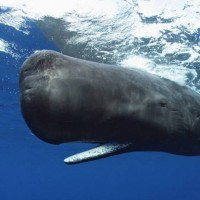
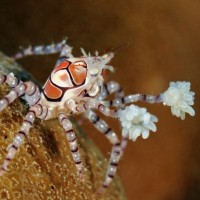
Boxer crab (Lybia, not to be confused with the country Libya) is a genus of small crabs.
It may seem like the name doesn't suit it well because this crab looks rather like a cheerleader than a boxer, but that name actually suits it very well. Yes, this adorable little guy is a strong boxer and its punches can kill certain animals. It's just that... its "boxing gloves" look too much like a pair of cheerleader's pompoms...
This crab kind of reminds me of Crabrawler from Pokemon Sun and Moon even though it's based off the coconut crab according to Bulbapedia.
 Found in Southeast Asia, this small primate is notable for its slow movements and distinctive facial markings. It possesses a gland near its elbows that secretes a toxin, which it can spread through its bite. Due to its cuteness, it is unfortunately often illegally traded as a pet.
Found in Southeast Asia, this small primate is notable for its slow movements and distinctive facial markings. It possesses a gland near its elbows that secretes a toxin, which it can spread through its bite. Due to its cuteness, it is unfortunately often illegally traded as a pet. Slow loris (Nycticebus) is a genus of nocturnal strepsirrhine primates.
Name says it all, it moves veerryy slowly, which makes it hard to escape predators. Luckily, it has a deadly weapon that can be used to fight the predator, and that is a pair of poisonous glands in its... armpits. Yeah, armpits, that's a rather strange place to keep a deadly weapon...
So what does it do? Put its hand under its armpit and make fart noises, simultaneously squirting out poison?
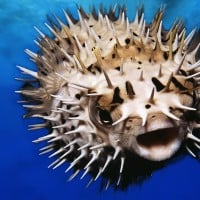 The Tetraodontidae are a family of primarily marine and estuarine fish of the order Tetraodontiformes.
The Tetraodontidae are a family of primarily marine and estuarine fish of the order Tetraodontiformes.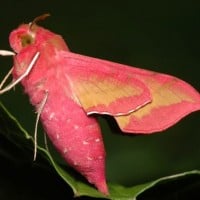
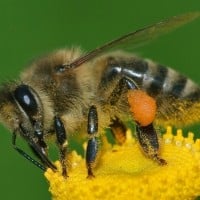
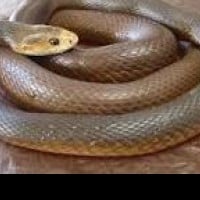
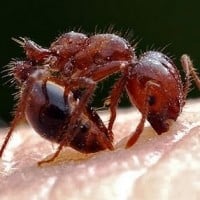
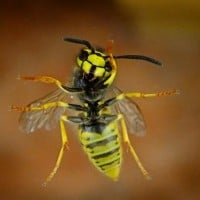
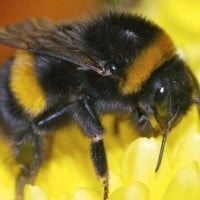 A bumblebee, also written bumble bee, is a member of the bee genus Bombus, in the family Apidae. The brood parasitic or cuckoo bumblebees have sometimes been classified as a subgenus or genus, Psithyrus, but are now usually treated as members of Bombus.
A bumblebee, also written bumble bee, is a member of the bee genus Bombus, in the family Apidae. The brood parasitic or cuckoo bumblebees have sometimes been classified as a subgenus or genus, Psithyrus, but are now usually treated as members of Bombus.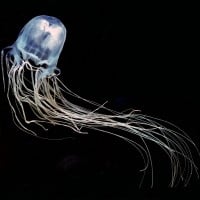 Box jellyfish are cnidarian invertebrates distinguished by their cube-shaped medusae. Some species of box jellyfish produce extremely potent venom: Chironex fleckeri, Carukia barnesi and Malo kingi.
Box jellyfish are cnidarian invertebrates distinguished by their cube-shaped medusae. Some species of box jellyfish produce extremely potent venom: Chironex fleckeri, Carukia barnesi and Malo kingi. The raccoon, sometimes spelled racoon, also known as the common raccoon, North American raccoon, northern raccoon and colloquially as coon, is a medium-sized mammal native to North America.
The raccoon, sometimes spelled racoon, also known as the common raccoon, North American raccoon, northern raccoon and colloquially as coon, is a medium-sized mammal native to North America.